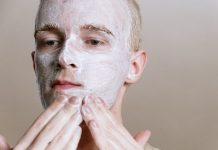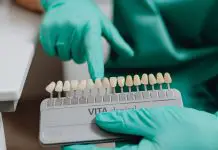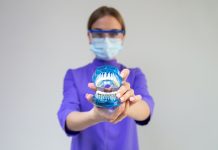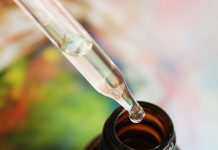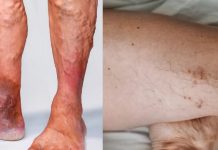Overview, Causes, & Risk Factors
Dyshidrotic eczema is a fiercely itchy, deep-seated, blisteringrash.It is seen most often on the palms of the hands, sides of the fingers, andsoles of the feet.
What is going on in the body?
Dyshidrotic eczema was once thought to be due to trapping of sweat beneaththick skin of the palms and soles. Most healthcare providers now believe thatit is caused by an inherited allergic response. The skin of the palms,sides of the fingers, and soles of the feet react to something in theenvironment by forming itchy blisters.
What are the causes and risks of the condition?
Dyshidrotic eczema can affect people of any age but appears to bemore common in men between the ages of 20 and 50. There seems to be a geneticcomponent to the disorder. It is probably caused by an allergicresponse to something in the environment. Experts suspect thatnickel, balsam, and cobalt may cause the allergic response. Nickel is found incostume jewelry, while the other substances are used inmanufacturing.
Risk factors that increase a person’s riskfor dyshidrotic eczema include:
Some experts believe that a fungal infection elsewhere in the bodycan cause dyshidrotic eczema on the hands. For example, someone with athlete’s foot may develop eczemalesions on his or her hands.
The following factors have been linked to dyshidrotic eczema, butmore research is needed to be sure:
Symptoms & Signs
What are the signs and symptoms of the condition?
Symptoms of dyshidrotic eczema include:
Diagnosis & Tests
How is the condition diagnosed?
Diagnosis of dyshidrotic eczema begins with a medical history andphysical exam. The healthcare provider may order blood tests to check for othercauses of the rash.
Prevention & Expectations
What can be done to prevent the condition?
A person can help prevent dyshidrotic eczema by:
A person also can reduce the risk of this condition by managing stress andlearning how to express his or her feelings.
What are the long-term effects of the condition?
Dyshidrotic eczema can cause a recurrent rash. The skin mayheal completely between reoccurrences. At times, the skin may peel and crack.The person is at risk for an infection. In some cases, the eczema can be sosevere that the person is unable to work or carry out normalactivities.
What are the risks to others?
Dyshidrotic eczema is not contagious and poses no risk to others.
Treatment & Monitoring
What are the treatments for the condition?
When an outbreak of dyshidrotic eczema occurs, treatment includes keeping skindry and cool. Heat, sweating, and moisture can make symptoms worse. Treatmentoptions include:
A diet low in nickel or cobalt may be considered. However, thesediets are hard to follow, and their effectiveness has not been proven. Nickellevels are high in canned foods and foods cooked in nickel-plated utensils.Nickel is also found in a variety of fruits and vegetables, tea, cocoa,chocolate, and baking powder. Cobalt is found in a variety of fruits,vegetables, and spices. It is also high in cocoa, chocolate, andcoffee.
What are the side effects of the treatments?
Long-term use of steroid creams can cause thinning of the skin. Antibiotics maycause rash, stomach upset, or other allergic reactions.
What happens after treatment for the condition?
Dyshidrotic eczema usually heals completely with treatment, but it may reoccur.Careful management may decrease the number of outbreaks. Biofeedback therapy for stressreduction has been successful in limiting outbreaks in someindividuals.
How is the condition monitored?
Any new or worsening symptoms should be reported to the healthcare provider.
Article type: xmedgeneral













